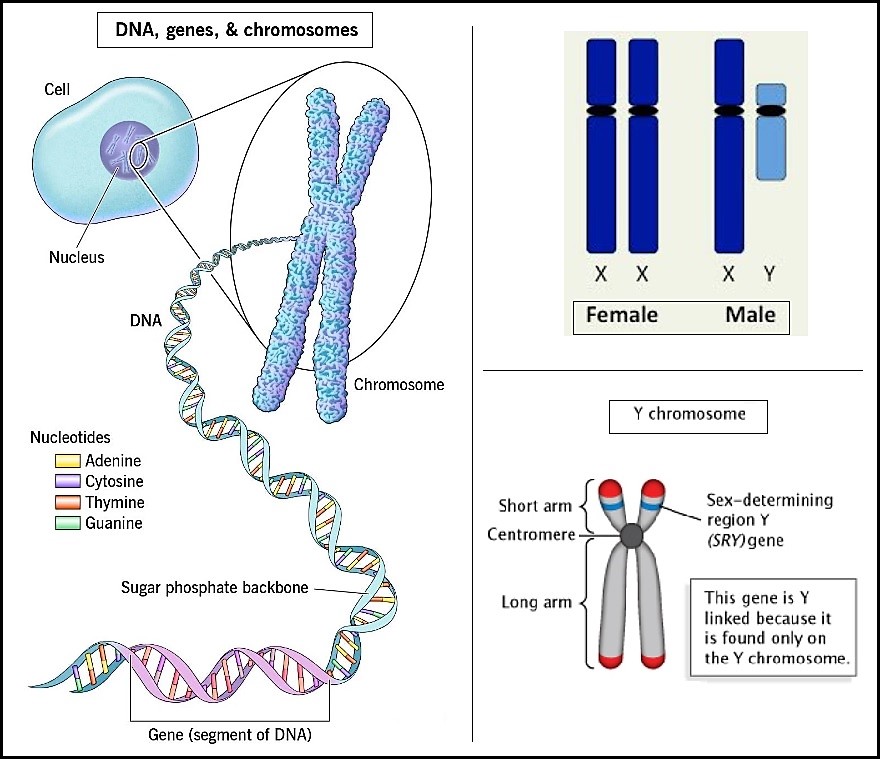900 319 0030
enquiry@shankarias.in
Scientists have fully sequenced the Y chromosome for the first time, uncovering information that could have implications for the study of male infertility and other health problems.
DNA is a molecule that carries genetic information for the development and functioning of an organism.

The Y is the last human chromosome to have been sequenced end-to-end, or telomere to telomere (T2T)
References